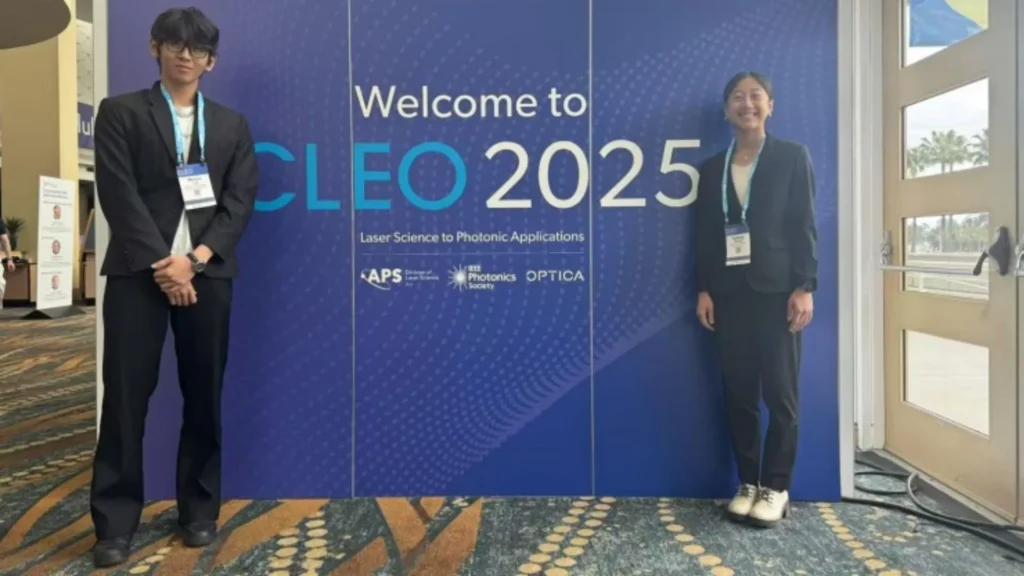Two Brown University students have taken quantum imaging to a new level. quantum imaging to a new dimension. With the support of their faculty, Moe Zhang and Wenyu Liu presented a technique that uses entangled photons to generate 3D quantum images without the need for infrared cameras.
Dual wavelength quantum holography
The basis of this system is multiwavelength quantum holography. Using infrared light that is never directly captured, the researchers are able to generate images through visible photons intertwined with infrared photons. This combination makes it possible to reconstruct both the intensity and phase of the light, which is key to achieving detailed three-dimensional images.
One of the traditional barriers in this type of technique is the so-called “phase envelope” effect. This distortion makes it difficult to accurately determine depths greater than one wavelength. To overcome this, Zhang and Liu used photons with two slightly different wavelengths. They thus generated a much wider synthetic wavelength, greatly extending the measurable depth range.
Accessible and accurate applications
Thanks to this configuration, it is possible to use standard silicon detectors to capture visible photons, reducing the cost compared to infrared sensors. In addition to improving accuracy in microscopic studies, this technology has significant potential in biological imaging, as infrared light better penetrates delicate tissues.
The system was demonstrated at the Conference on Lasers and Electro-opticsconsolidating its validity as an emerging emerging technique. Liu was recognized for his work with the Ionata Award, while both students highlighted the importance of having shared the stage with experts in the field.

A test “B” in quantum imaging
As a demonstration, they created a 3D holographic image of a 1.5 mm metallic letter “B” representing their university. This test validates the use of indirect photon quantum imaging to represent contours with high fidelity, paving the way for future developments in quantum technologies applied to 3D visualization.
Follow us on social networks and don’t miss any of our publications!
YouTube LinkedIn Facebook Instagram X (Twitter) TikTok
Source and photo: Brown University

